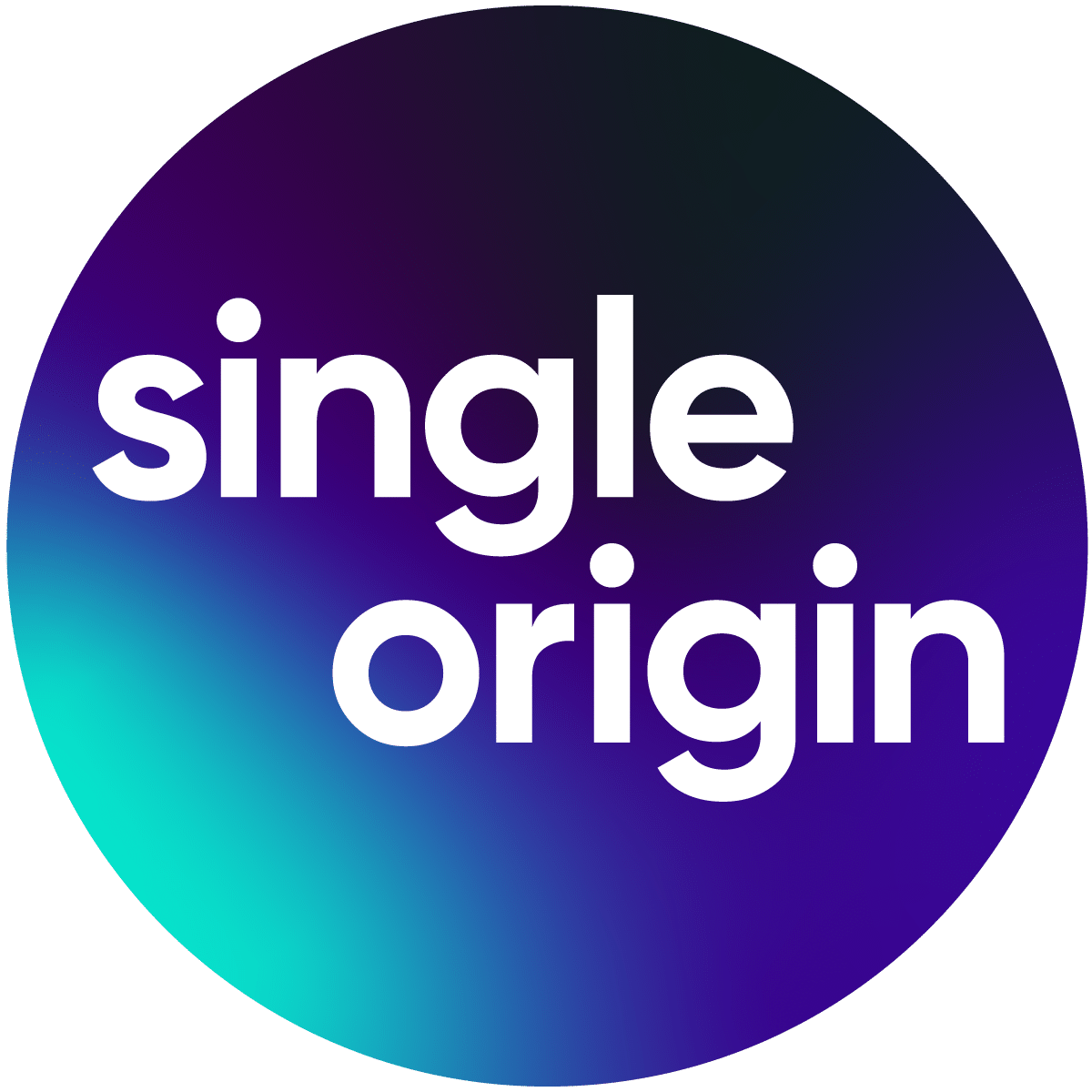How do you design an exceptional user experience? It’s natural to want certain things to happen when a customer visits your website, such as making a purchase, signing up for your newsletter, or taking some other relevant action. But can you design a website in a way that makes those actions more likely?
This is the purpose of Conversion Rate Optimization (CRO). It’s about carefully analyzing user patterns to see where and how you might increase the chances of a user taking a desirable action. You can turn your website into a guided experience that points customers in the direction you want them to go.
What Is Conversion Rate Optimization? It’s a User-Centric Approach
Running a business can be stressful. And to relieve that pressure, some business owners may take shortcuts in web design leading to a less-than-intuitive customer journey, leaving your customers confused on where to go next on your website.
That’s why taking a user-centric approach to CRO is so necessary. This means taking the time to:
- Recognize the actual motivations that drive your customers to action.
- Know who your customers are and what they want now and in the future.
- Understand how to guide them through different levels of your website to result in a conversion
Tailor your user experience (UX) to the needs of your specific audience, accounting for their diverging interests to enhance your service. You might even think of this as elevating your customer service before you have any customers. In other words, “If you build it, they will come.”
Doing this successfully demands more work upfront on your part and a continuous time investment, as building a sustainable business means making a sustained effort to get things off the ground. Even the most efficient machine takes some time to boot up.
So, investing in user-centric conversion rate optimization now saves time later.

Landing Page Design for CRO
Using visually appealing landing pages is the basis of conversion rate optimization. Strong visuals can move the eyes of your customers up and down the page to the exact areas of your choosing, effectively targeting and engaging your visitors.
With the right method, you can craft a user experience that leads visitors step-by-step toward the action you want them to take.
Strive for a balance between aesthetic design and sheer performance. You need to understand the basics of high-converting landing page configurations before you can develop one yourself.
The elements of effective landing page design include the following:
Improve Your Messaging
Messaging is all about inspiration. Visitors to your website enter it either with a purpose or neutrally to explore your brand.
Thus, your messaging — which involves a complex interplay of written content and visual design — has to move customers from a state of neutrality to interest and excitement.
To achieve this, messaging must emphasize:
- Clarity
- Substance over style
- Direct communication of your company’s value proposition
It’s tempting to use flashy language or visuals to just get users’ attention, but not all attention is beneficial.
Your website should display the same professional demeanor you would while running a brick-and-mortar storefront. The only exception is if “flashy” is consistent with your brand and audience, but that’s all the more reason why market research is so valuable.
Every element of the website contributes to its effective messaging. Headlines, body copy, calls-to-action, and even rows of customer testimonials each serve the greater purpose of refining your brand. Keep these consistent across the entire page as well as any other social media sites you maintain business profiles on.
Create Lead Magnets for Prospective Customers
As the name implies, lead magnets are meant to attract new leads through nearly irresistible offers.
These usually take the form of free resources, such as an eBook about a subject that fascinates your audience or even an introductory promotional offer. Lead magnets are less about scoring a profit and more about acquiring a new email address (or contact information) to add to your list for future marketing.
A cold lead that signs up for your newsletter, for example, ceases to be a cold lead. By taking even that small action, they’ve placed their metaphorical foot in the door and are far more likely to buy from you in the future.
You can capitalize on that through additional marketing or upselling your products to that person.
This provides some spectacular benefits for any business, including:
- Establishing yourself as a thought leader in your industry
- Enhancing engagement from existing customers and potential leads alike — people are likely to share content they find interesting
- Boost customer engagement with more captivating and audience-appropriate content
Furthermore, using a lead magnet can help you understand and categorize your customers more accurately. Once they’ve provided their contact information, you can segment each person by a unique characteristic, such as their geography, profession, interests, etc.
Getting to know your customers better will ultimately help you optimize your conversion rate even more.
Ensure You’re Using Clear CTAs
Calls-to-action (CTA) are the specific prompts used on websites that move a user to action. Whenever you see a “click here” or a “contact us” button, that’s a CTA.
Since they lead website visitors toward an immediate action, you might say the entire point of conversion rate optimization is to have someone interact with a CTA.
Situate your CTAs in prominent positions across your website. They should be on every landing page in multiple places, starting with the upper headers and repeatedly at consistent intervals down the page.
Doing this increases the odds of a user seeing them and, through frequent recurrence, prods the person to action.
Craft an Intuitive Customer Journey
You won’t be there to hold your visitor’s hand when they click on your website, but enhancing the customer journey is the next best thing. From the moment a prospect lands on your page, your website content should exude competence, professionalism, and reliability.
You’ll accomplish this by:
- Speaking directly to your customers’ interests rather than about yourself.
- Clearly listing the features or benefits your company offers, answering the question: why should they choose you?
- Use an intuitive visual layout that seamlessly leads your prospect across the page.
Your website analytics tools will register every visit to your website.
For instance, Google Analytics can track where users came from, including what specific links they clicked or what part of the world they’re from. You can use this data to further refine your conversion optimization rate as needed.
Perform a Heat map Analysis for User Testing
Every action users take on a website — whether clicking or scrolling or taking time to read something — generates data for your analytics.
Generating heatmaps involves organizing this data into readable patterns of user behavior, allowing you to make more effective decisions about where to concentrate your optimization efforts.
For instance, Hotjar is a popular heat mapping tool that we often use here at Single Origin (among others). Feeding your analytics data into a tool like Hotjar lets you quickly detect patterns of customer activity across your website.
If too many people leave your site after visiting a particular landing page, that’s a sign that something isn’t working well. Instead of blindly guessing what the problem could be, heatmap tools can show you where to look.
Run Tests on Your Landing Pages
Each time you make a change to your website, run a new test to learn the effect it has on your visitors.
Does traffic increase or decrease? Is there any difference, however marginal, to your conversion rate?
You’ll be able to see this through your site’s analytical tools, such as Google Analytics or another suite of your choice.
This form of testing lets you develop a comprehensive workflow for iteration and improvement. You can quickly identify changes and evaluate their effect on your user experience.
It’s easy to roll back something that went wrong or quickly amplify a successful adjustment.

Conversion Rate Formula: How To Calculate
A conversion rate formula measures how well customers fulfill an action aligned with your company’s goals for the site. If increasing profits is the website’s purpose, then customer purchases will count toward your conversion rate. This is calculated with a simple formula:
Conversion Rate = Total Conversions / Total Sessions x 100.
In other terms, divide the total number of conversions — purchases, sign-ups, or another action — by the total number of visitors or user sessions to the site. You then multiply by 100 to get a percentage.
Let’s say you have 100 user sessions, 10 of whom make a purchase. Divide 10 by 100, then multiply by 100 to yield a conversion rate of 10%.
Get a Free Website Performance Audit
Find out how your website stacks up with our complimentary website grading tool. Simply enter your website and email and see the areas of your website that need the most help – Performance, SEO, and Usability included.
CRO for B2B Companies
B2B companies spend most of their time marketing to professional clients in other industries. Their products are often marketed at the uppermost part of the sales funnel, raising awareness of their product’s unique advantages for other businesses.
Using a strong conversion rate optimization strategy helps B2B players use their time and insights more effectively. It can:
- Help them maximize their marketing return-on-investment (ROI) by ensuring each lead has the best chance of converting.
- Enhance the design and presentation of your website to elevate its appeal to the industry you’re targeting.
- Augment the visual appeal and direct functionality of your website to make it easier and more intuitive to use.
B2B marketing usually requires a more complex marketing strategy than B2C does.
You often have to appeal to many different decision-makers in a target company as well as deal with a longer overall sales cycle that can stress your own company’s endurance. CRO intensifies your marketing efforts and heightens your probability of success.
Don’t Underestimate the Importance of Conversion Rate Optimization
A productive CRO strategy is about bringing customers to the fore. Its guiding principle involves recognizing that your profits (or lack thereof) are tied fundamentally to customer satisfaction.
Without customers making that all-important purchase, it will never matter how much inbound traffic your website receives.
Fortunately, Single Origin has a great deal of experience in working to improve conversion rate optimization for companies like yours. Our dynamic growth specialists can conduct a detailed audit of your site to see how well it serves the customer experience from start to finish.
Contact us to find out more about what we can do to help.
Schedule a Complimentary Consultation
Are you, or your team, looking for ways to improve your website, digital marketing, and overall ROI from paid channels? Single Origin provides complimentary consultations to help your team understand areas of improvement. Schedule yours now!
FAQ
A CRO strategy involves testing and implementing a sustainable optimization plan for your website. It might involve market research, competitor analysis, or any other method necessary for improving your site’s conversion rate.
SEO (search engine optimization) and CRO are two wholly unique digital marketing tactics, each with its own field of influence. While CRO focuses only on optimizing conversion rates in terms of your website, SEO is an umbrella term encompassing inbound customer traffic as a whole. Every avenue used to attract leads marks an element of SEO, whereas CRO serves a more limited and concentrated function.
The elements of successful conversion rate optimization include:
- Understanding your audience.
- Producing compelling content marketing that matches your target audiences’ interests.
- Backtesting your website — using internal analytics tools to see how customers respond to website changes as you make them.
While doing your own SEO is certainly possible, it requires an investment of time and other resources that law practices seldom have. This is a highly technical form of marketing that benefits from professional expertise, as well as knowledge of search engine infrastructure.
The key concept behind CRO is desirable action. It isn’t enough for leads to visit your site if they do nothing notable while they’re there. To be successful, your business must find a way to drive the customer journey from beginning to end. Optimizing your site to encourage purchasing or signups can help you become more profitable.
The average conversion rate, according to Smart Insights, is about 2.13%.
